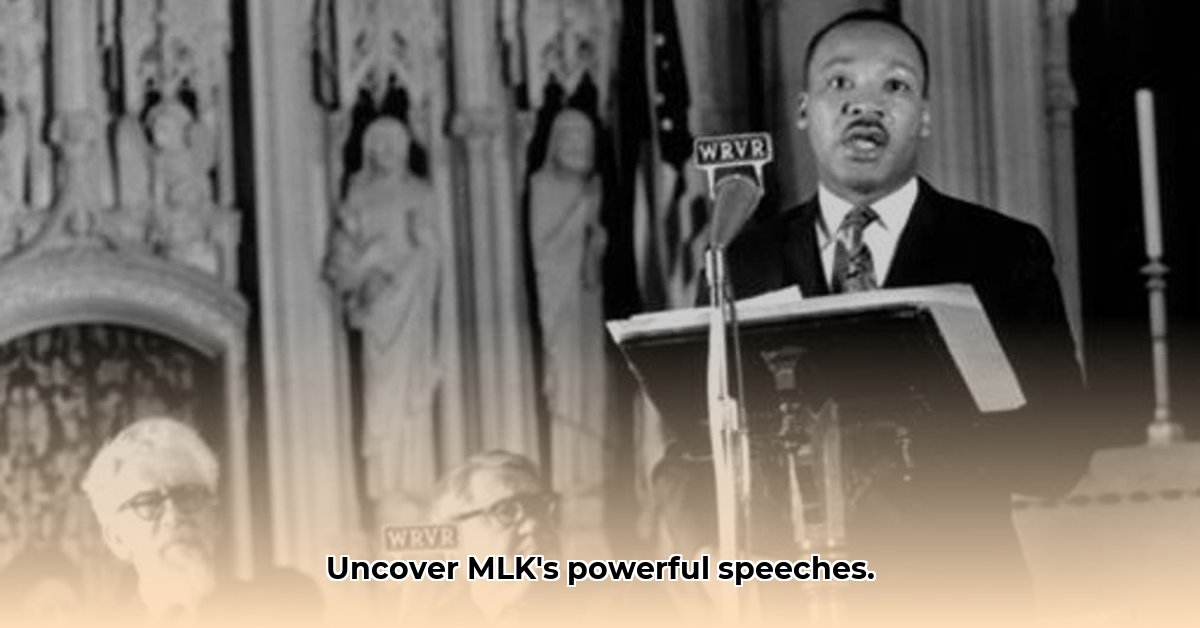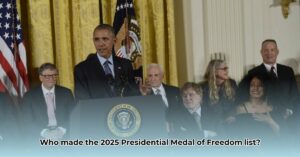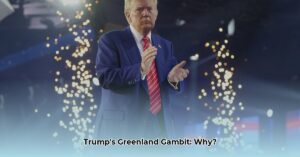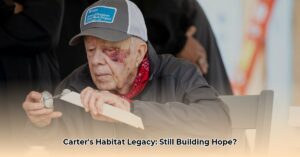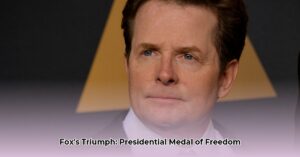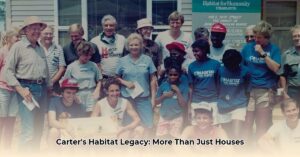Exploring Dr. King’s Enduring Oratory
Martin Luther King Jr.’s speeches remain a powerful testament to his fight for equality and justice. This guide explores the context, impact, and enduring legacy of his most significant addresses, delving into not only what he said but why it matters and how his words continue to shape our world. We’ll provide transcripts, recordings, and expert analysis where available, offering a comprehensive resource for understanding Dr. King’s profound impact on the Civil Rights Movement and beyond.
“I Have a Dream” and Beyond: A Legacy of Powerful Speeches
While “I Have a Dream” remains arguably his most famous address, Dr. King’s message extended far beyond that single speech. He spoke out against poverty, injustice, and the Vietnam War, consistently advocating for nonviolent resistance. This section explores both iconic and lesser-known speeches, providing a deeper understanding of the breadth and depth of his work.
“I Have a Dream”: A Vision of Equality
Delivered during the 1963 March on Washington for Jobs and Freedom, the “I Have a Dream” speech became an anthem of hope for a nation grappling with racial inequality. King’s masterful use of language, drawing on biblical imagery and the struggles of everyday Americans, resonated deeply with millions.
“Letter from Birmingham Jail”: A Defense of Nonviolent Resistance
Written while imprisoned for protesting segregation in 1963, King’s “Letter from Birmingham Jail” is a powerful argument for civil disobedience. It offers a glimpse into his unwavering commitment to justice and his profound understanding of the moral imperative to challenge unjust laws.
“Beyond Vietnam: A Time to Break Silence”: A Controversial Stand for Peace
In 1967, King delivered “Beyond Vietnam,” a speech that openly criticized the war and connected the struggle for civil rights at home with the fight for peace abroad. This bold stance drew criticism but highlighted the interconnectedness of social justice issues.
“I’ve Been to the Mountaintop”: A Final Testament of Hope
Delivered on the eve of his assassination in 1968, “I’ve Been to the Mountaintop” is a poignant reflection on the Civil Rights Movement’s journey. It offers a message of hope and resilience in the face of adversity.
Exploring Key Addresses: A Chronological Overview
| Speech Title | Date | Location |
|---|---|---|
| Give Us the Ballot | May 17, 1957 | Washington, D.C. |
| Letter from Birmingham Jail | April 16, 1963 | Birmingham, AL |
| I Have a Dream | August 28, 1963 | Washington, D.C. |
| The American Dream | July 4, 1965 | Atlanta, GA |
| Our God Is Marching On! | March 25, 1965 | Montgomery, AL |
| Beyond Vietnam: A Time to Break Silence | April 4, 1967 | New York, NY |
| I’ve Been to the Mountaintop | April 3, 1968 | Memphis, TN |
The Power of King’s Rhetoric: A Deeper Dive
King’s speeches resonate not only because of their powerful message but also because of his masterful use of rhetorical techniques. His ability to connect with audiences on an emotional and intellectual level solidified his place as one of history’s greatest orators.
Rhetorical Devices and Their Impact
| Rhetorical Device | Example | Probable Effect |
|---|---|---|
| Metaphor | “bad check,” “sweltering summer” | Creates vivid imagery, making abstract concepts more tangible. |
| Anaphora | “I have a dream,” “Let freedom ring” | Emphasizes key themes through repetition, building emotional intensity. |
| Allusion | References to Lincoln, the Bible | Connects the struggle for civil rights to shared cultural values. |
| Parallelism | “manacles of segregation and chains of discrimination” | Reinforces ideas through rhythmic structure, increasing memorability. |
| Antithesis | “light vs. darkness,” “freedom vs. captivity” | Creates stark contrasts, highlighting the moral clarity of his message. |
Ongoing research continues to analyze King’s rhetoric, suggesting that his background as a preacher likely influenced his delivery and cadence, further enhancing his ability to connect with listeners.
The Historical Context: Understanding the Times
To fully appreciate King’s speeches, it’s essential to understand the historical context in which they were delivered. The Jim Crow South, the influence of Gandhi’s philosophy of nonviolent resistance, and key events of the Civil Rights Movement all shaped his message and its impact.
Jim Crow: A System of Oppression
The Jim Crow South was a system of segregation and discrimination that permeated every aspect of life for African Americans. Understanding this oppressive environment is crucial for grasping the urgency and passion in King’s calls for justice.
Gandhi’s Influence: The Power of Nonviolence
King drew inspiration from Mahatma Gandhi’s philosophy of satyagraha, adapting nonviolent resistance as a central strategy of the Civil Rights Movement. This approach, while risky, proved remarkably effective in challenging injustice.
Key Events and Their Impact
From the Montgomery Bus Boycott to the Selma to Montgomery marches, key events of the Civil Rights Movement provided the backdrop for many of King’s most powerful speeches. These events, often met with violence, highlighted the urgent need for change and galvanized support for the cause.
King’s Core Themes: Justice, Equality, and Nonviolent Resistance
King’s message consistently centered on the interconnected themes of justice, equality, and nonviolent resistance. He challenged America to live up to its ideals, arguing that injustice anywhere threatens justice everywhere.
Justice: A Moral Imperative
King’s “Letter from Birmingham Jail” serves as a powerful articulation of his belief in the moral imperative to challenge unjust laws. He argued that waiting for justice was not an option; direct action was necessary to confront systemic oppression.
Equality: A Dream Deferred
The “I Have a Dream” speech encapsulated King’s vision of a society where people are judged not by the color of their skin but by the content of their character. This dream of equality remained a driving force throughout his life and work.
Nonviolent Resistance: A Powerful Tool for Change
King consistently advocated for nonviolent resistance as the most effective means of achieving social change. He believed that love and truth were ultimately more powerful than hatred and violence.
King’s Legacy: A Continuing Inspiration
Martin Luther King Jr.’s legacy extends far beyond his speeches. His words and actions continue to inspire individuals and movements fighting for justice and equality around the world. His message remains relevant in the 21st century, reminding us that the struggle for a more just and equitable world is ongoing. Scholars continue to study his work, exploring its nuances and complexities, ensuring that his message resonates for generations to come.

